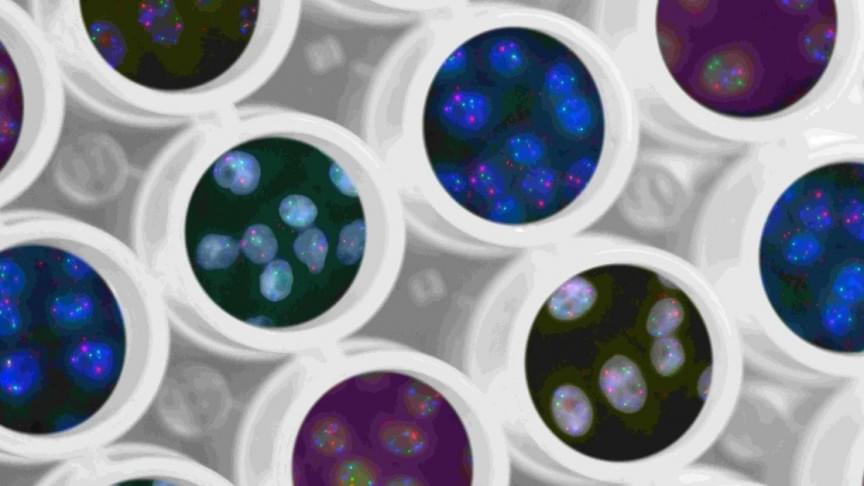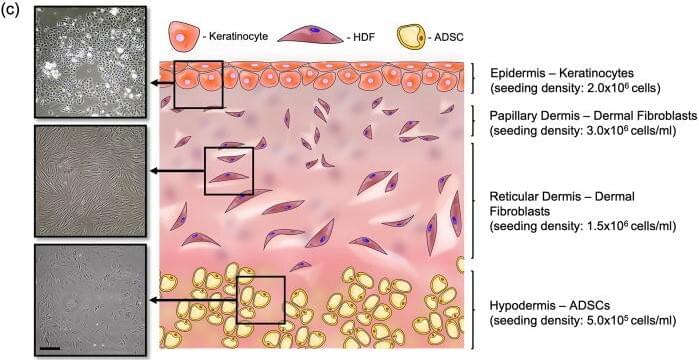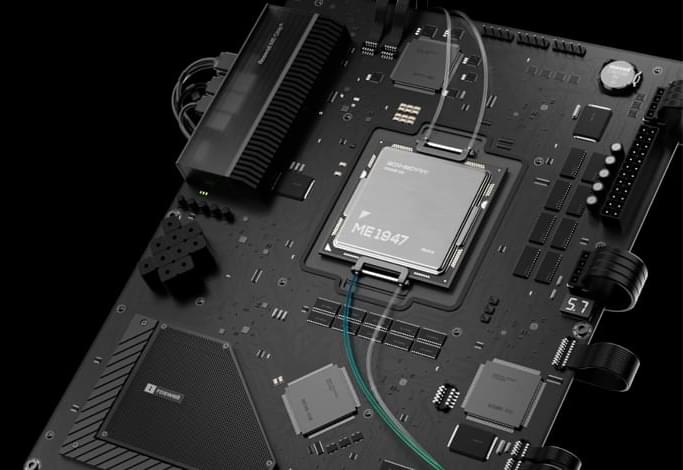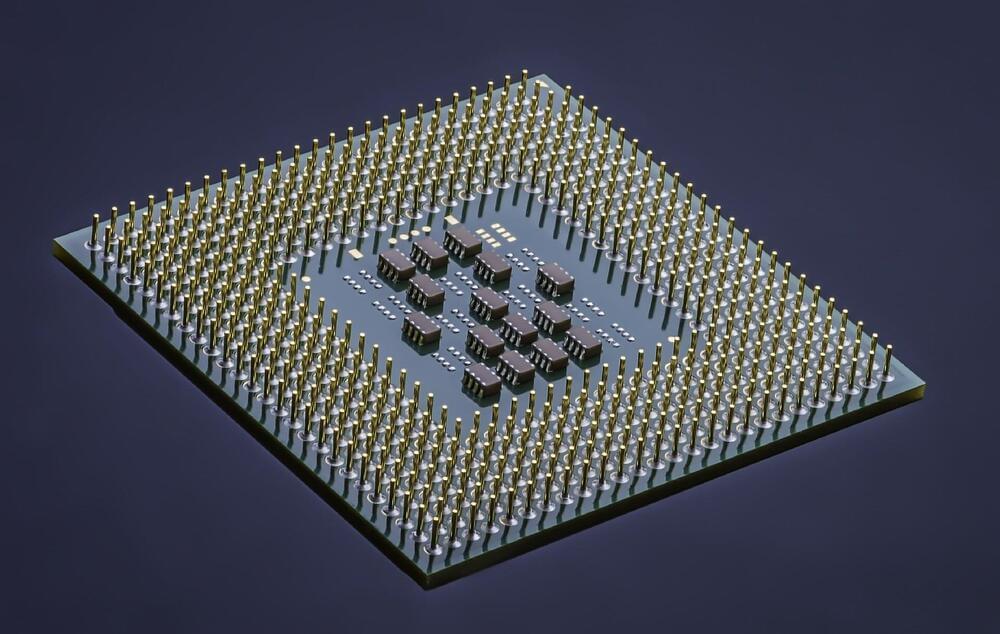Protective coatings are common for many things in daily life that see a lot of use. We coat wood floors with finish; apply Teflon to the paint on cars; even use diamond coatings on medical devices. Protective coatings are also essential in many demanding research and industrial applications.
Now, researchers at Los Alamos National Laboratory have developed and tested an atomically thin graphene coating for next-generation, electron-beam accelerator equipment—perhaps the most challenging technical application of the technology, the success of which bears out the potential for “Atomic Armor” in a range of applications.
“Accelerators are important tools for addressing some of the grand challenges faced by humanity,” said Hisato Yamaguchi, member of the Sigma-2 group at the Laboratory. “Those challenges include the quest for sustainable energy, continued scaling of computational power, detection and mitigation of pathogens, and study of the structure and dynamics of the building blocks of life. And those challenges all require the ability to access, observe and control matter on the frontier timescale of electronic motion and the spatial scale of atomic bonds.”






